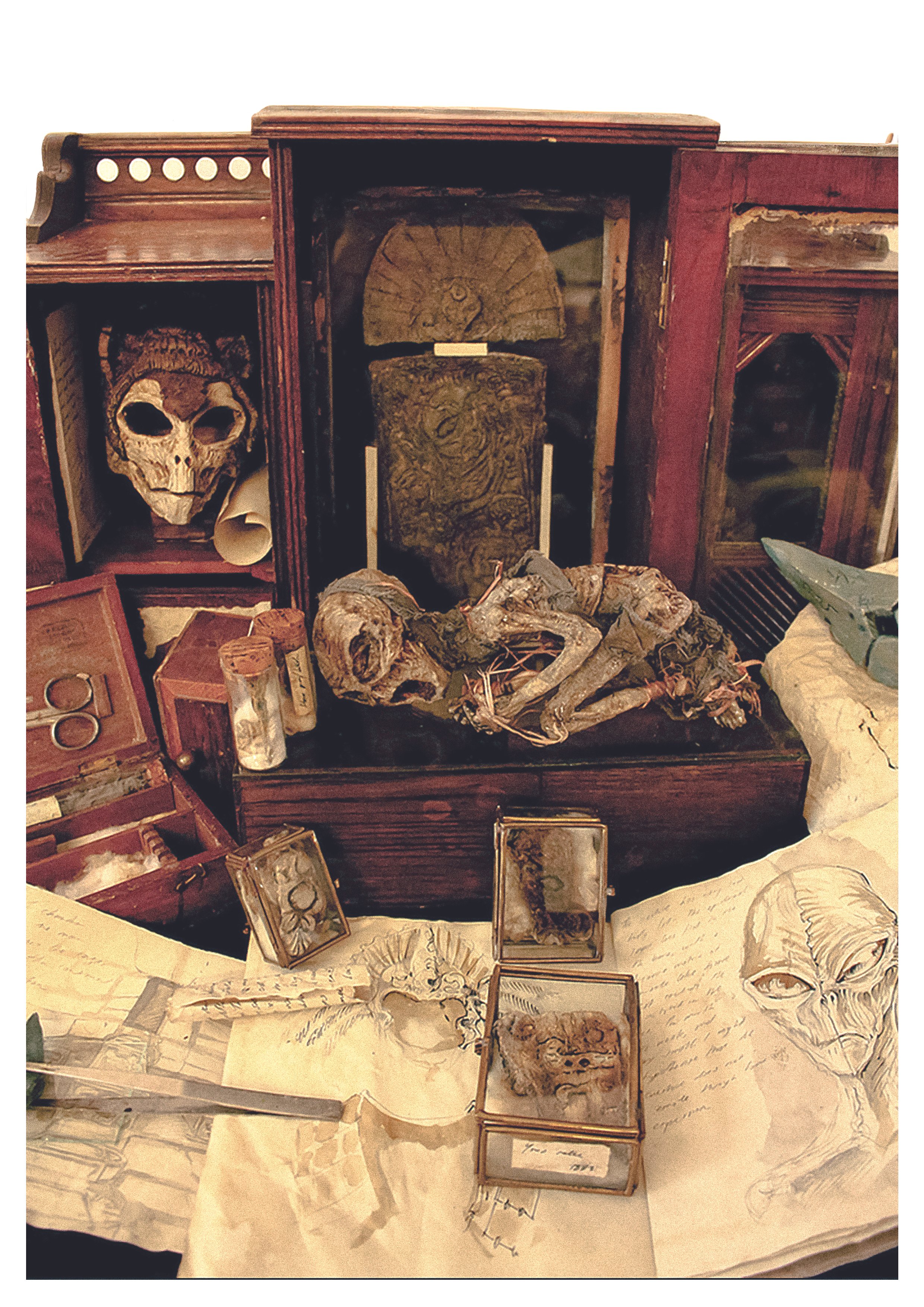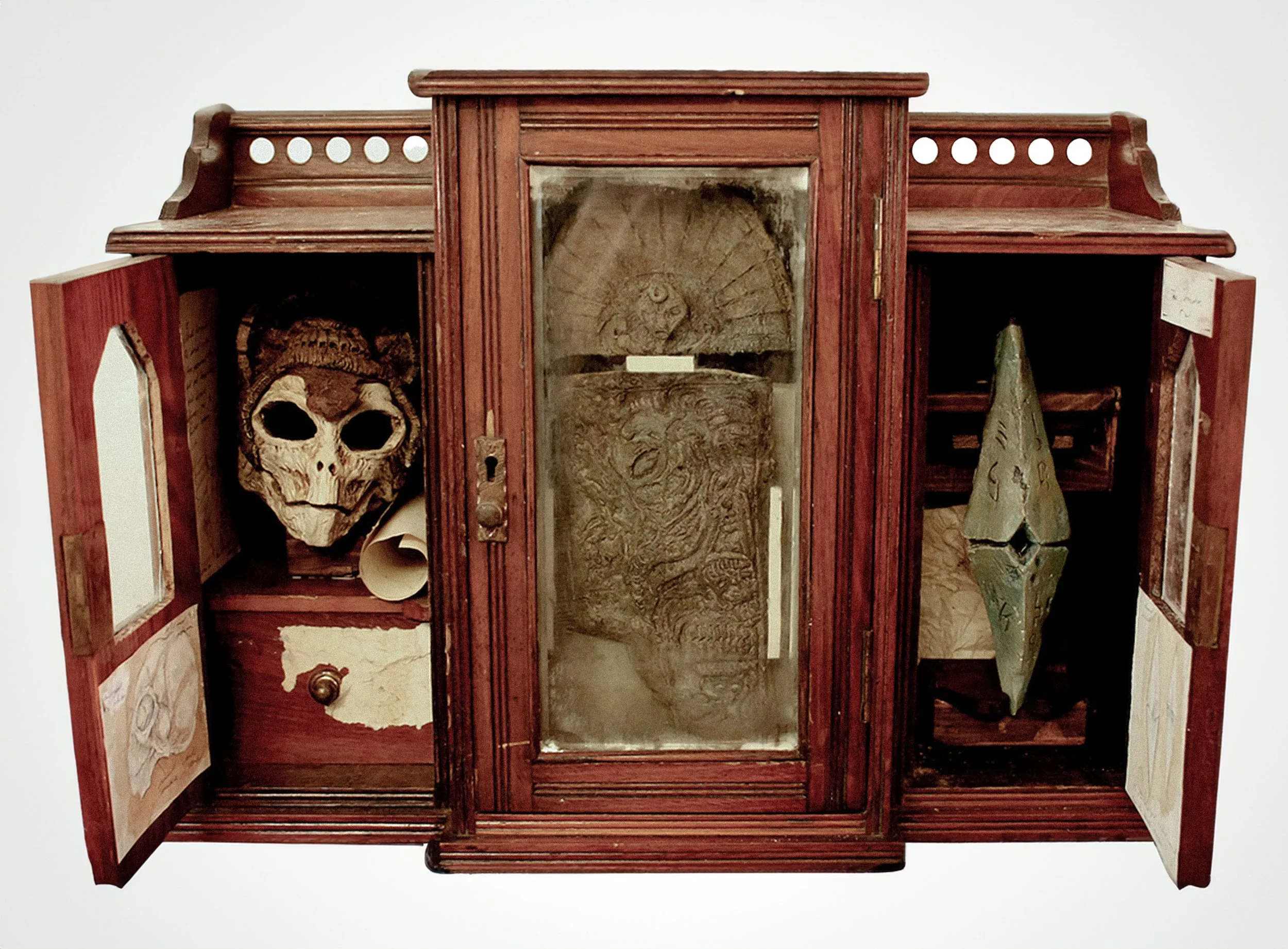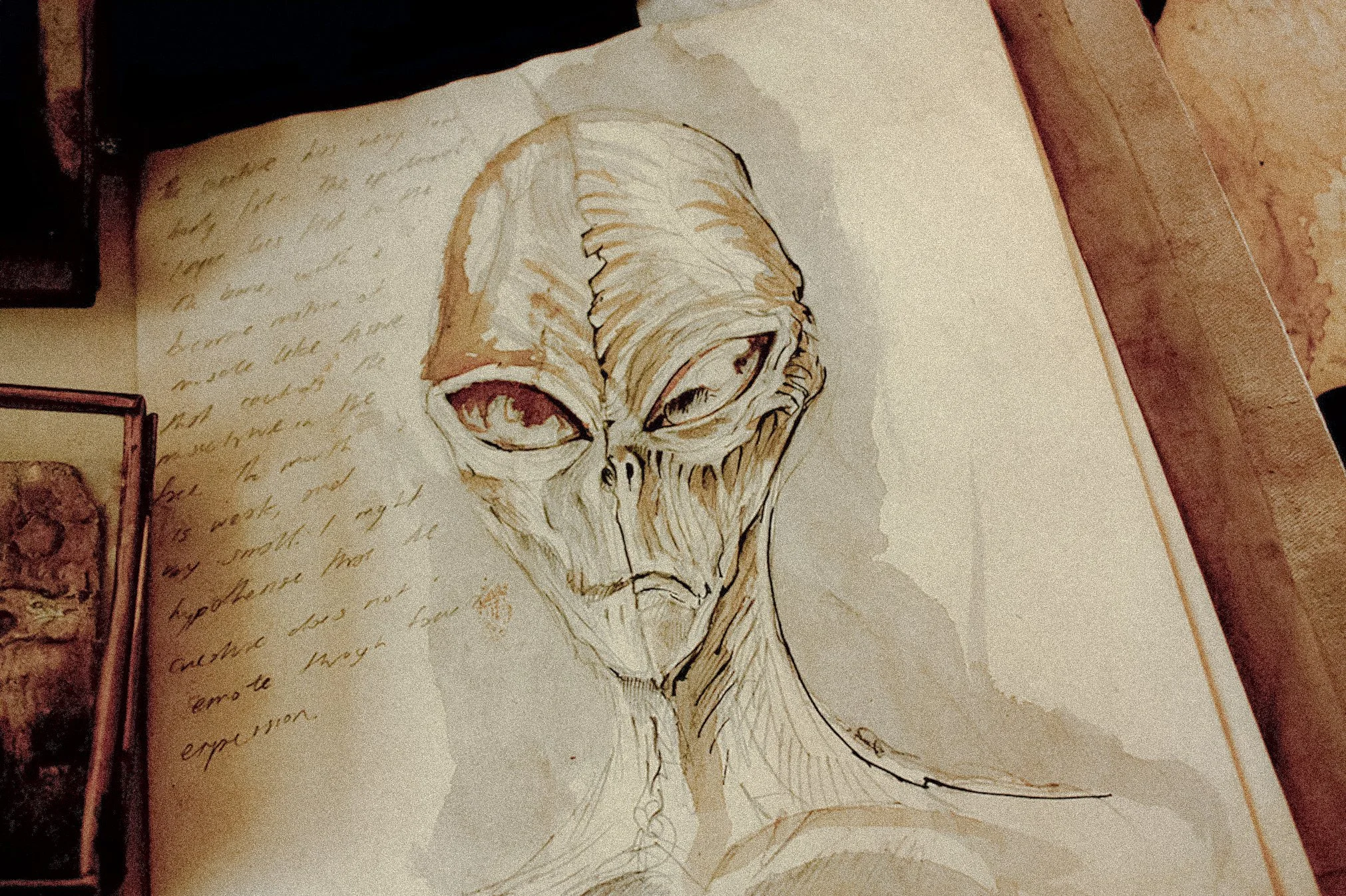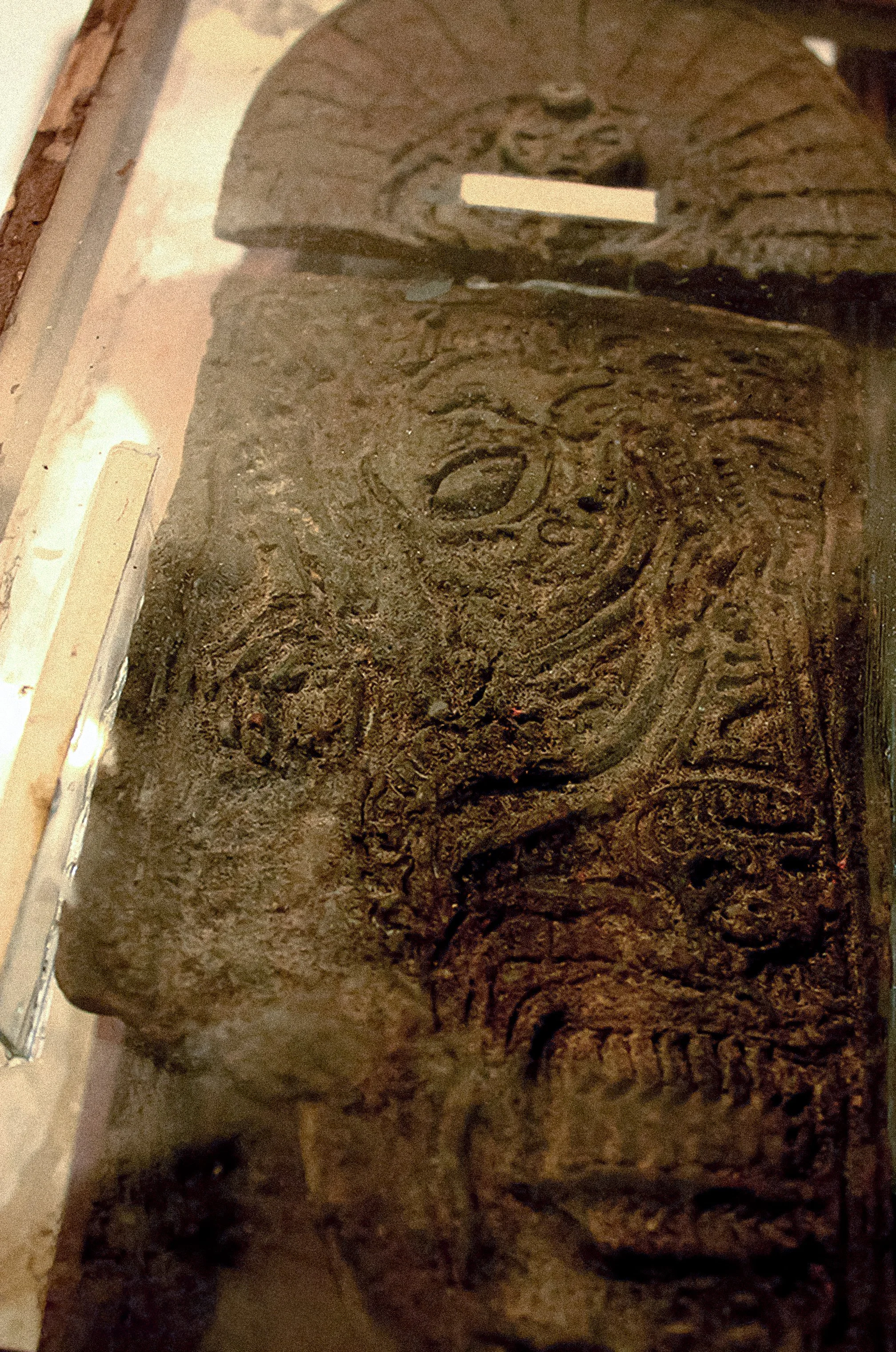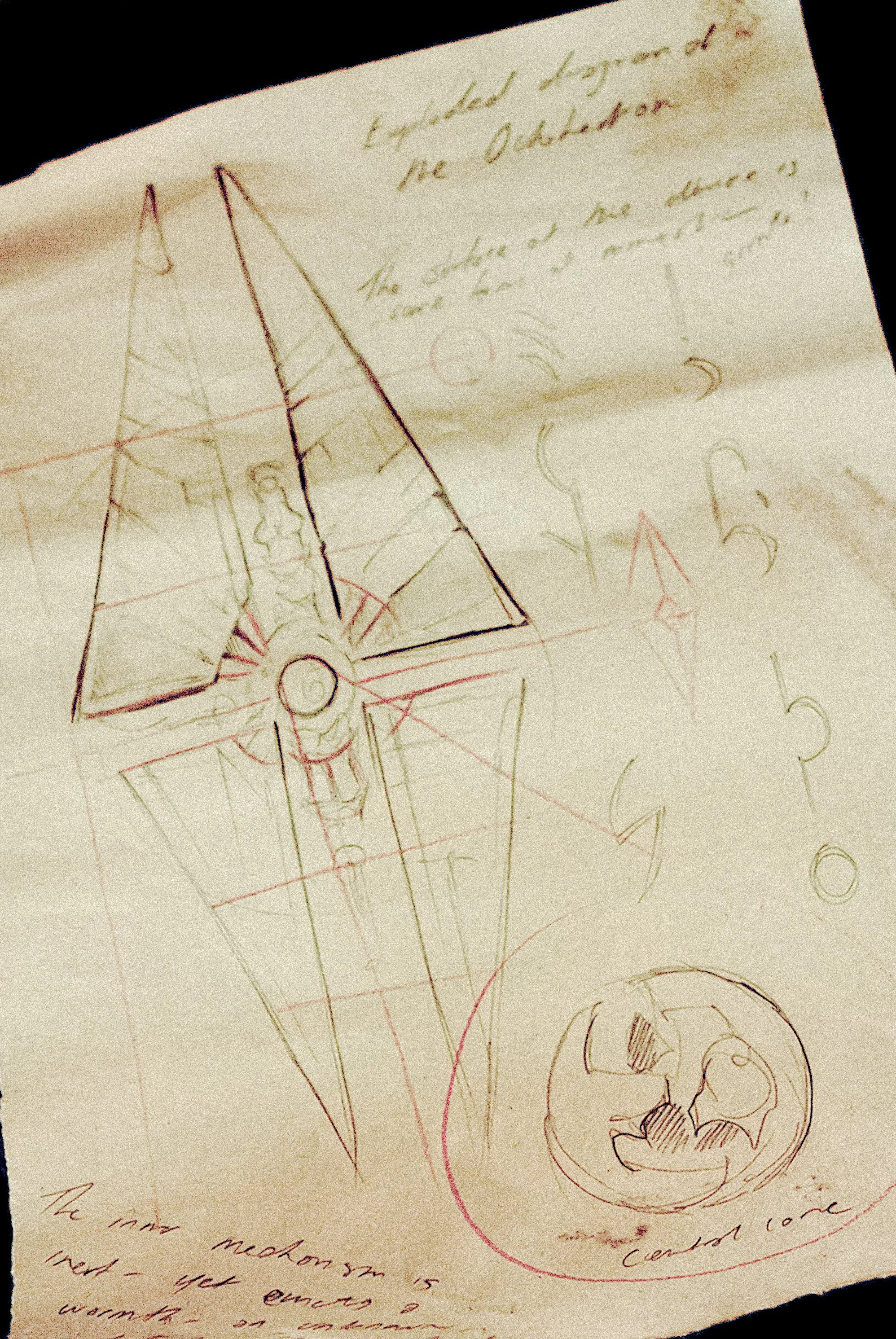Therodan Stray was an explorer, who had risen to fame in the annals of the quarterly adventurer magazine, “Young Frontiersman”. This publication was loved by the American youth, and was filled with adventure stories. In the 1880s, his expeditions to the wilds of Africa and steaming rain forests of the Amazon, were the stuff of legend, and what made it all so visceral and exciting was that it was authentic. Therodan Stray was a poster-child for colonialism, land theft and genocide, and like almost all of his peers and colleagues, oblivious to the insurmountable damage Europeans had wrought. He would spend years in the field, and would discover and map a great deal of unexplored regions of the Earth. His cheerful, sun-drenched face was placed beside those of beleaguered, indigenous peoples, Therodan entirely oblivious to the racist portrayal he promoted of the cultures who lived on those lands. When the writings and illustrations of Mayan ruins by traveller, John Lloyd Stephens, and architect, Frederick Catherwood, reached his eager hands, he proposed multiple trips to South America and Mexico to investigate Meso-American archaeology. Below is a diary excerpt that was made after the discovery of unique temple, built by the Yana people.
‘After days of exploring, and recording as much of the space as we could, we came together on the staircase and collapsed in exhaustion and disbelief. We all felt compelled to talk, but the words failed us. It was as though we had somehow walked into a house that had been vacated by its occupants mere moments before, and we were here to piece together what had happened. There are carvings that offer some degree of explanation and, although vague, tell a tale that beggars belief. Suffice to say, we had all dreamed up a similarly outlandish hypothesis. The stone representations allude to one of their sacred astrological stars falling upon the earth, and those who dwelled in the star being taken from it, and given food and shelter. This world was not made for them, and despite the best efforts of their host, they all eventually died. Our guides call this people the Yana, which is the name given to a plant that grows a single flower amidst a sea of green - a splintered group of Maya, who found home in these mountains, separated from those who would build the communities at Nakbe and Cival. The “star” – a foreign construction of metal, some kind of craft - fell here. The Yana built this temple around it, once its occupants had all perished. Patrick has identified various pictorial representations of these wide-eyed characters in a state of sadness, flanked by their human counterparts, almost as though they are accepting a fate, that they would never leave here. Perhaps the climate was cruel on their frail bodies, or unknown illness afflicted them, but soon they succumbed to the world they had fallen upon, the youngest dying first, while the eldest, crawled into a chamber, which may have aided its survival, but in time it, too, died. The Yana mistook these life-giving devices as tombs, decorating each with their own distinct aesthetic, each sarcophagus sealed with intricate and beautiful cover stones, depicting those that lay within.
Little is known of what the specimens speak to. Despite this, years later, a specimens was donated to the Merrylin Trust by an ex US Airforce pilot out of Aurora New Mexico. There are various anatomical similarities between the specimens.



